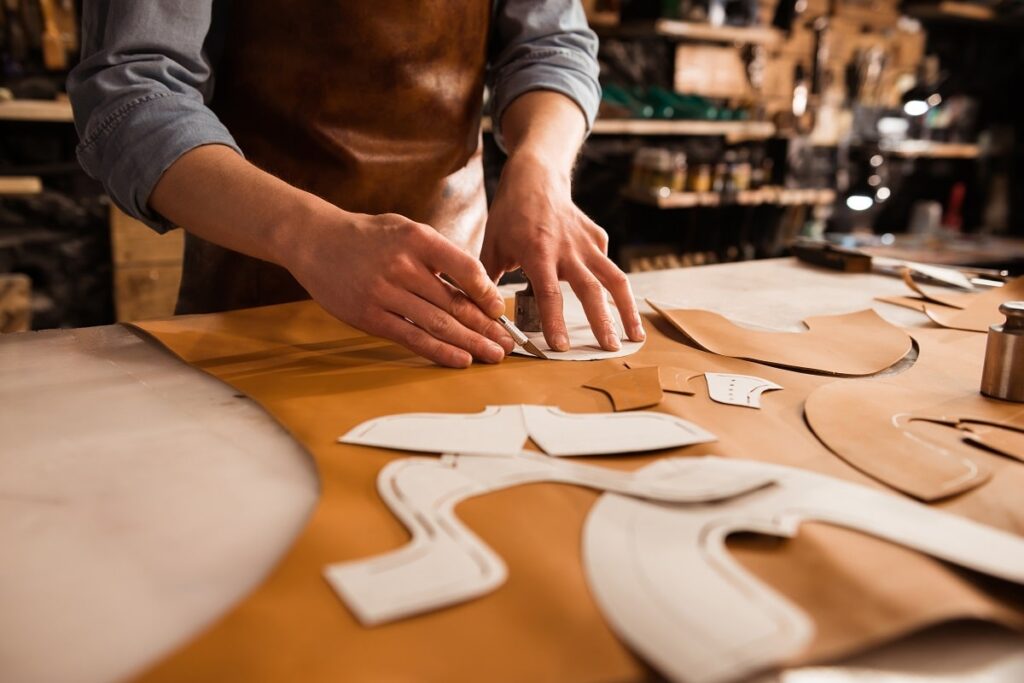In the realm of footwear, sole design plays a pivotal role in deciding the comfort, functionality, and visual charm of shoes. A well-constructed sole not only provides support to the foot but also escalates the overall performance and style of the footwear.
Exploring the Top Positions in Sole Design
Let’s dive into the complexities of sole design and check out the top ten jobs in the industry, committed to developing innovative and functional soles for all types of shoes.
1. Footwear Designer
Footwear designers are at the helm of conceiving and creating the overall visuals and feel of shoes, and that includes the design of soles. They work synchronously with trend forecasters, material specialists, and manufacturers to develop distinctive and salable footwear designs that cater to the taste of consumers.
2. Product Developer
Product developers are in charge of managing the technical elements of footwear design, involving sole construction and materials. They collaborate with designers to transform creative concepts into functional commodities, ensuring the soles meet performance and quality benchmarks.
3. Materials Engineer
Materials engineers make a crucial contribution to sole design by exploring and inventing pioneering materials that boost the durability and performance of soles. Amidst enhancing cushioning, tractability, and grip, they also consider determinants like cost-efficiency and sustainability.
4. Pattern Maker
Pattern makers architect templates and blueprints for shoe components, including soles. Relying on specialized software and traditional techniques, they draft precise patterns to aid the manufacturing process and ensure a perfect alignment of the sole with the upper.
5. Technical Designer
Technical designers emphasize the technical facets of footwear design, including sole construction, fit, and comfort. They collaboratively work with product developers and manufacturers to tackle design challenges, carry out fit tests, and ensure that the soles meet operational requirements.
6. Quality Control Specialist
Quality control specialists are tasked with inspecting and testing shoe soles to assure that they comply with quality and performance standards. They conduct detailed evaluations of materials, construction techniques, and durability to detect any irregularities or deficiencies.
7. CAD Designer
CAD designers utilize computer-aided design software to develop comprehensive digital models of sole components. In alliance with designers and engineers, they translate concepts into accurate and scalable designs feasible for prototyping and production.
8. Manufacturing Engineer
Manufacturing engineers supervise the production process of soles, enhancing manufacturing techniques and securing cost-effective and efficient production. They partner with designers and suppliers to enhance methods and improve the quality and consistency of sole manufacturing.
9. Research and Development Specialist
Research and development specialists undertake the responsibility of innovating new technologies and materials for sole design. They conduct research, experiments, and tests to push the limits of footwear design, thereby developing soles that deliver superior performance, sustainability, and comfort.
10. Marketing Manager
Marketing managers have a vital role in promoting and positioning footwear brands in the market. They collaborate with designers and product developers to highlight the unique features and benefits of shoe soles to consumers, thereby triggering brand recognition and sales.
Conclusion
In the fiercely competitive sphere of footwear design, mastering the craft of sole design necessitates an in-depth understanding of materials, construction techniques, and consumer preferences. By comprehending the diverse roles and responsibilities within the industry, emerging professionals can sculpt successful careers in fabricating innovative and functional shoe soles that magnify the footwear experience.
Key Takeaways:
- Sole design is essential for comfort, performance, and visual appeal in footwear.
- Collaboration between designers, developers, engineers, and marketers is key to successful sole design.
- Advanced materials and sustainability play a major role in modern sole innovation.
- Quality control, fit testing, and precise pattern making ensure functionality and durability.
- Digital design and manufacturing optimization are crucial for efficient production.
In the fiercely competitive world of footwear design, mastering the art of sole design requires profound comprehension of materials, construction techniques, and consumer likings. When you explore the varied roles within the industry, keep in mind that revolutionary and functional shoe soles can genuinely escalate the footwear experience.
To augment your skills and knowledge, consider enrolling in the FIT Footwear Business Foundations online course and certificate program offered by Yellowbrick to foster your career in the dynamic world of footwear design.








